Join the VIP Teacher Club!

Looking for nonfiction text features activities?!
Sometimes there’s a stigma that comes along with nonfiction reading and the idea that it’s mundane.
As a society, we tend to portray nonfiction texts to be for research or teaching purposes, but not very often do we view it as just enjoyable reading.
I mean, there’s a lot going on with nonfiction text! You’ve got headings, charts and graphs to dissect, glossaries and indexes to sift through, bolded words – it can be a lot to take in for someone just getting started with nonfiction reading.
Very few of my students used to seek out nonfiction books and it felt like such a struggle for me to get them to want to try something new.
But once I made it a point to teach nonfiction text features in an interactive, entertaining, and fearless way, it really built their confidence as nonfiction readers.
Sometimes those dry, mundane topics just need a little fire lit underneath them to spark some interest and that’s exactly why I’m sharing my interactive resources for teaching nonfiction text features!
Below you’ll find two digital resources for teaching nonfiction text features, as well as a FREEBIE created just for you to try out and get your students excited about informational text and its features!
I’ve also included a couple of ways to help you get your students introduced to text features and a simple project they’ll have so much fun completing!
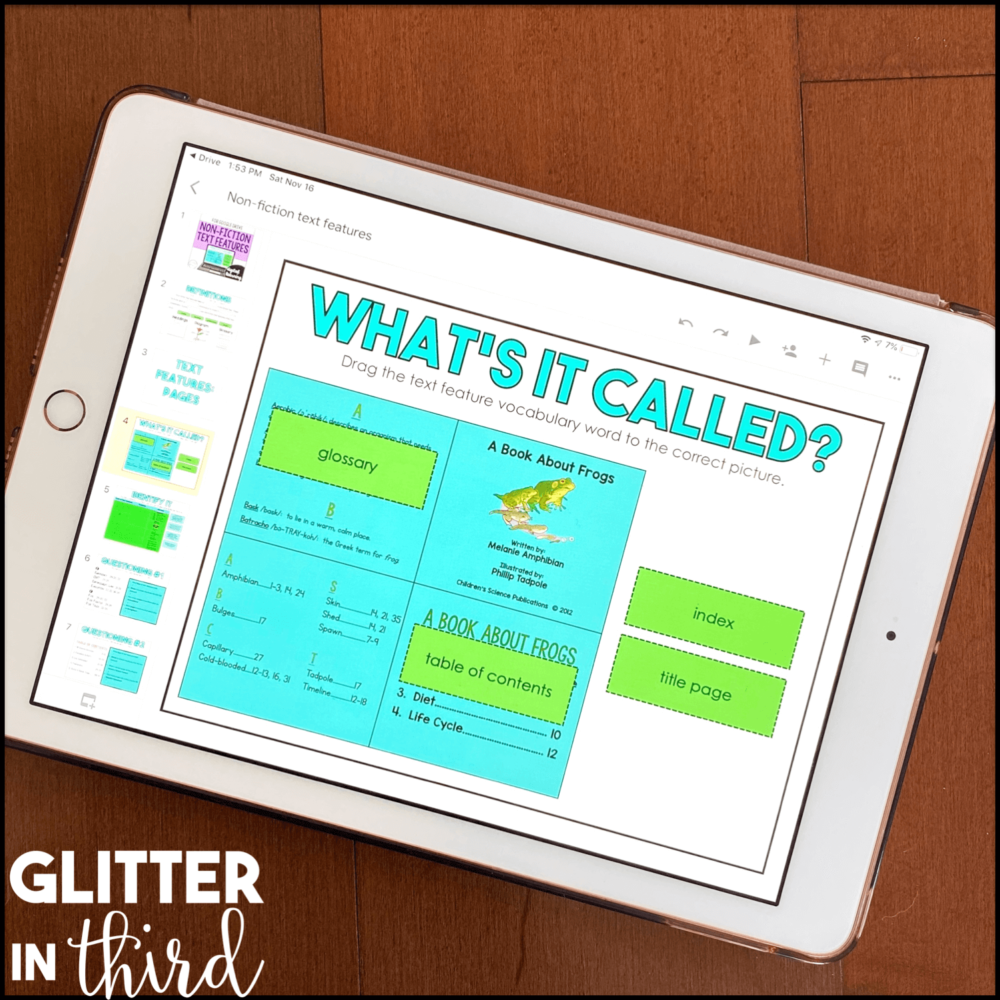
Like most things in life, sometimes you have to understand the purpose of something before you can really learn to appreciate it. 🙂
This digital resource helps build a solid foundation of understanding informational text features – what they are and how to use them in order to learn more about a topic as we read.
This product is a combination of drag-and-drop and short answer questions that incorporate key vocabulary and opportunities to practice identifying different nonfiction text features with multiple examples.
You can grab it here!
I’ll also add that this product is now a TPT Easel activity, which means it can be downloaded as an interactive PDF so you can have students complete the activity from any device!
In the past I’ve learned that once my students got comfortable with using text features, they became more interested in reading nonfiction text and more confident in their reading ability.
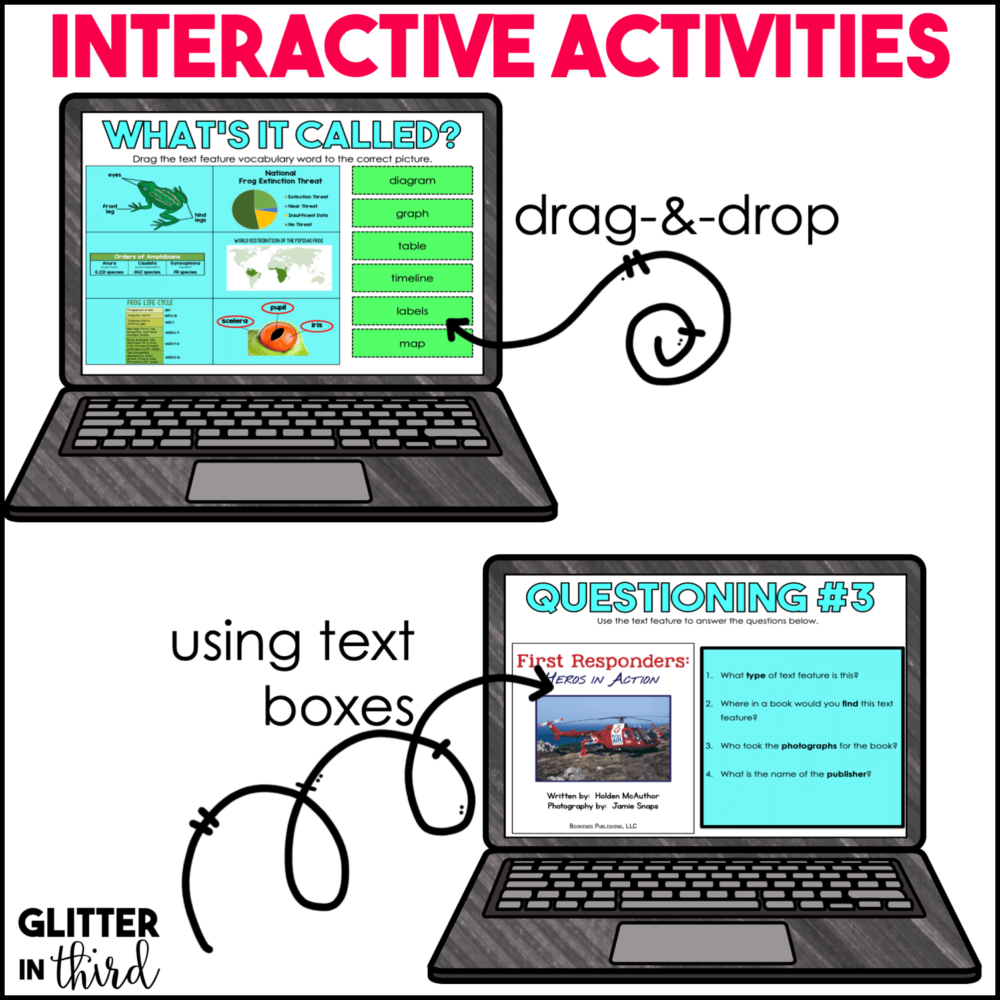
It’s just like reading a map – If you know how to use a map or GPS, they’re pretty handy when you need them, right?
But if you have no idea what the cardinal directions are or even what your destination is, it’s going to be pretty overwhelming and frustrating to use one for the first time.
Same goes for nonfiction reading – Once your students know how to use a glossary and index, interpret graphs and charts, and use captions and the table of contents to guide them, they’ll feel empowered to read and will want to explore more topics.
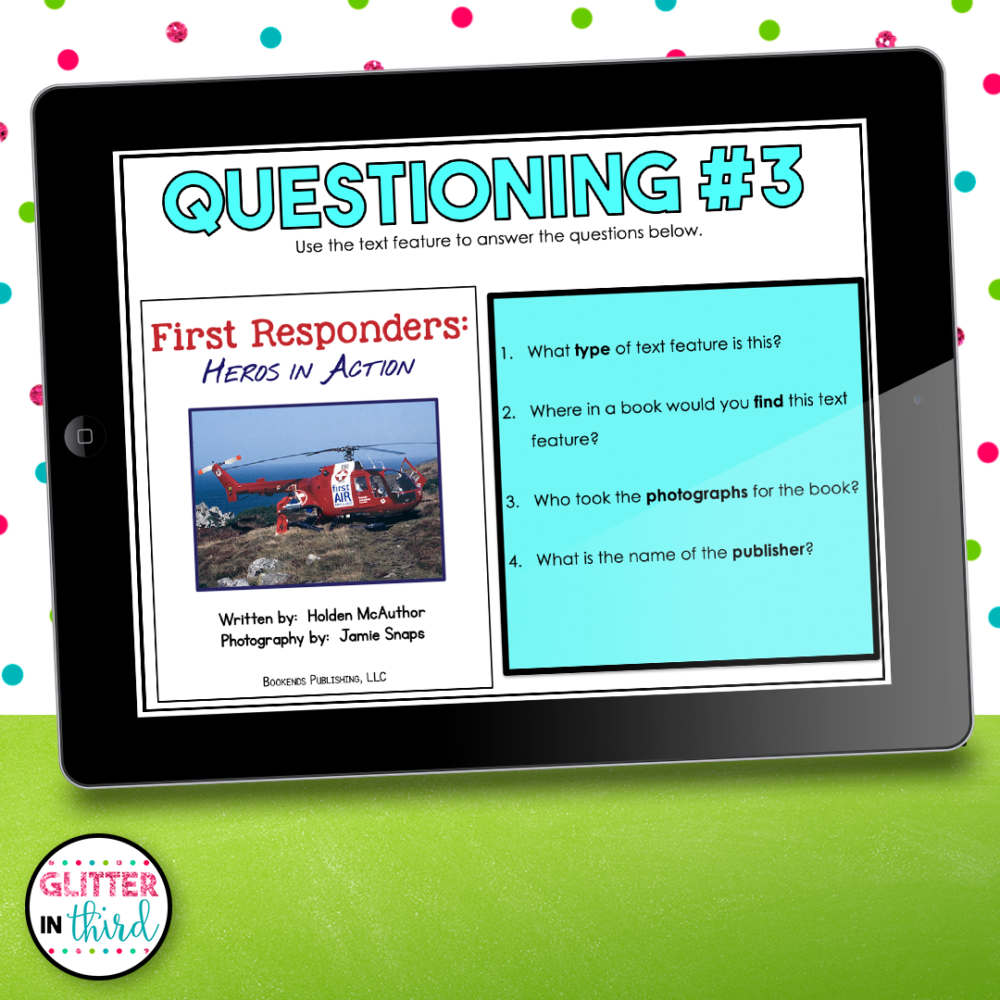
This resource is the perfect activity to supplement teaching nonfiction text features!
There are 5 different passages included.
After students read the passage, they will be given 4 comprehension questions on informational text features.
![]()
As they answer the questions correctly, a mystery picture will appear!
![]()
This digital mystery pixel is totally self-grading and the only prep required by you is to assign it. 🙂
Your students will love the passages as well, with a couple of them even talking about space and the body! You can pick up this product here!
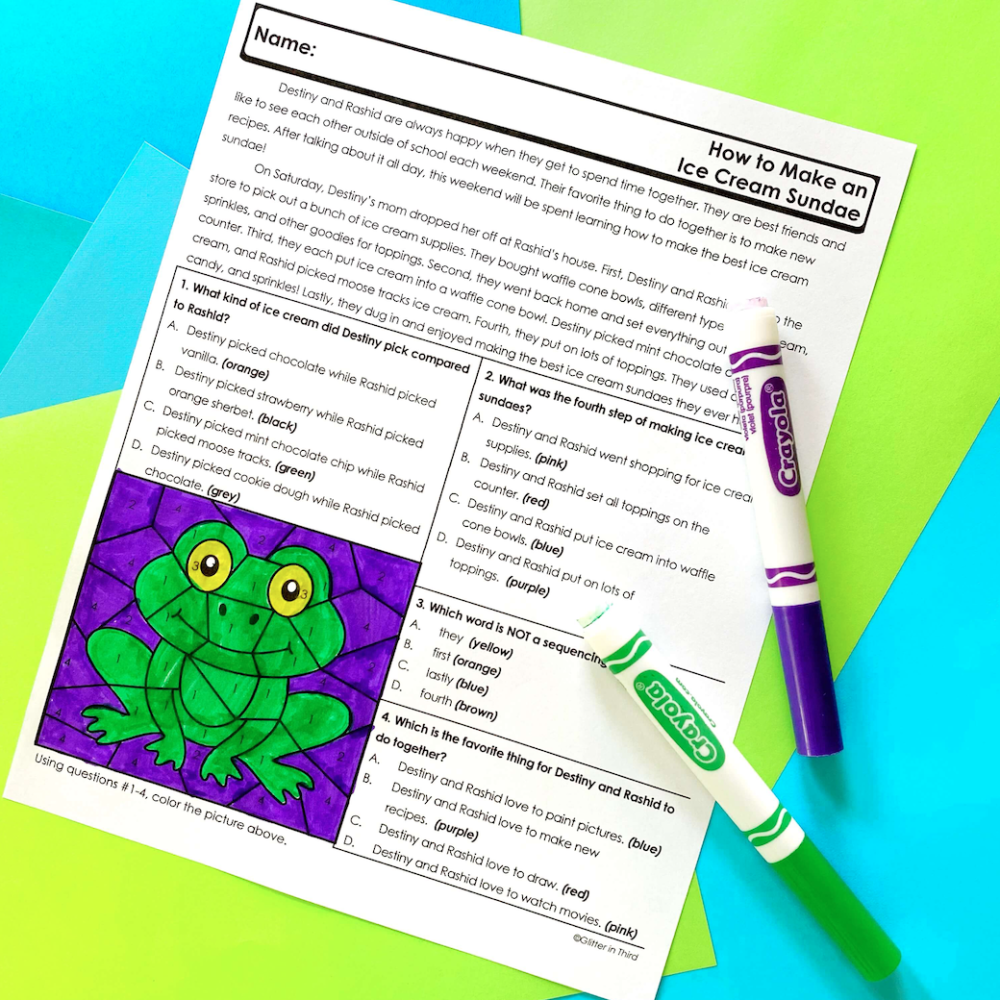
If you’ve never tried a digital mystery pixel activity, you can grab my FREE version here!
Just enter your email and you’ll immediately find it in your inbox. It’s similar to my bundle of 5 pixels that I mentioned above.
You can read more about these in my blog post here.
Put in your info below to get it sent to your inbox!
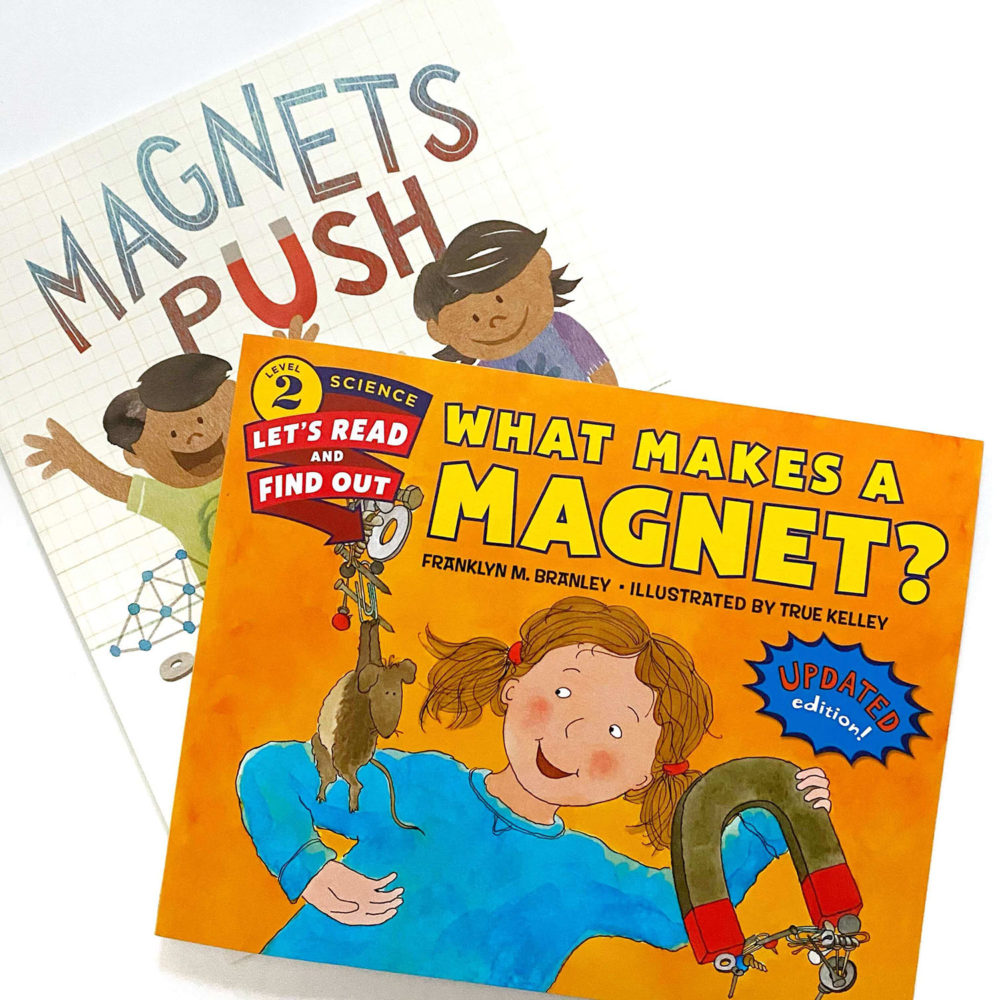
Head to the library with your class and help each student choose a nonfiction text.
When you allow them to choose the topic, they’ll immediately be more interested in the activity compared to looking through a book they’re bored from the get-go with. For example, some kids are fascinated by rocks, others, not so much!
Give each student some time to delve into the book and see what kinds of text features they can locate on their own.

You can do this by just having an open discussion, or you can create a simple checklist for them to complete as they go through the book.
You could ask questions such as – Did you find the table of contents and index? Did you notice any graphs? Captions? Or tables?
Once your students are aware of what these things actually are and what their purpose is, they’ll be much less intimidated by them.
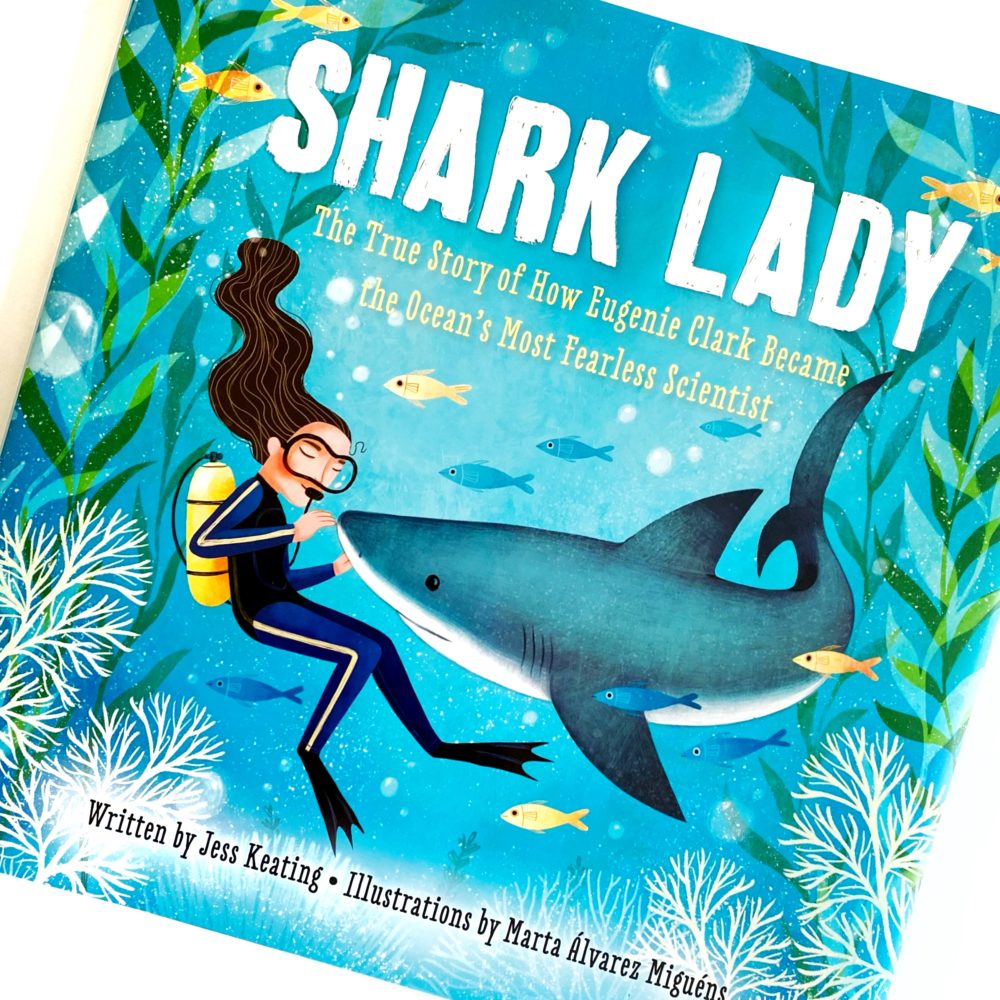
Once you’ve established a good understanding of what text features are and why they’re useful, give your students opportunities to create some nonfiction text features themselves!
One of my favorite ways to do this is to start with an autobiography project.
I’ve never met a student who doesn’t love talking about themselves. 🙂
I would suggest creating an outline to help direct their writing as they tell their life story.
Following this, have each student complete a timeline of their key events they shared in their writing.
You can have them get as elaborate as you’d like, include pictures of their events, as well as dates – birthdays, holidays, significant events, siblings, achievements, memorable trips, etc. Have them present their timelines to the class!
It’s a great way to build a sense of community in your classroom while also practicing speaking and listening skills, and of course, text features!
You can then discuss with your class how the timelines helped to better understand each students’ life story and how their information was more organized and pertinent.
Nonfiction text doesn’t have to be dull or scary.
Once you present teaching nonfiction text features as something that’s captivating, useful, and relatable, your students will be obsessed with working with text features and will become confident nonfiction readers!
Happy reading!
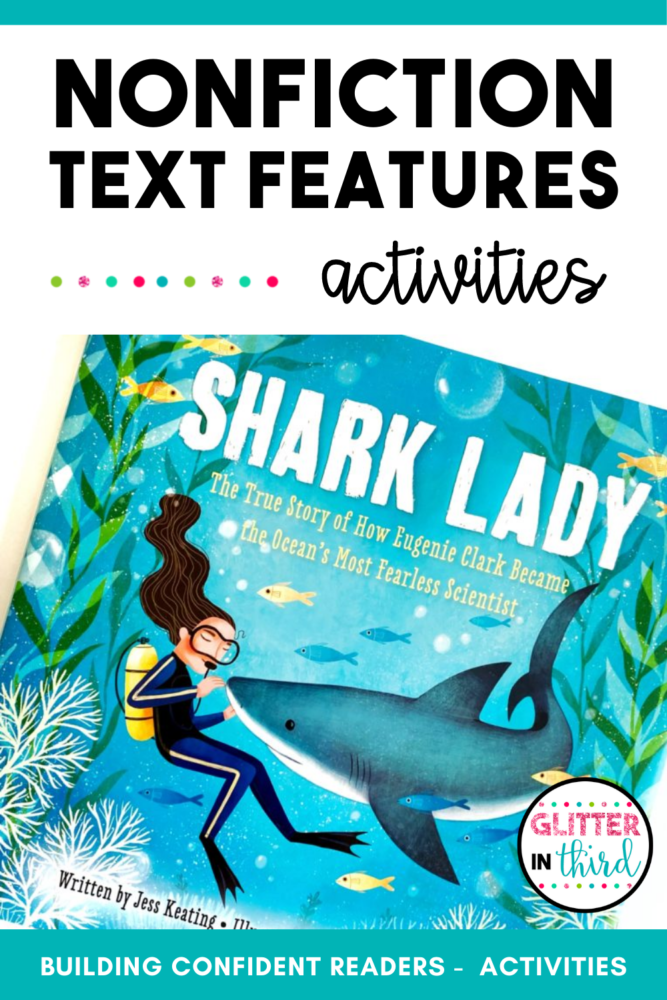
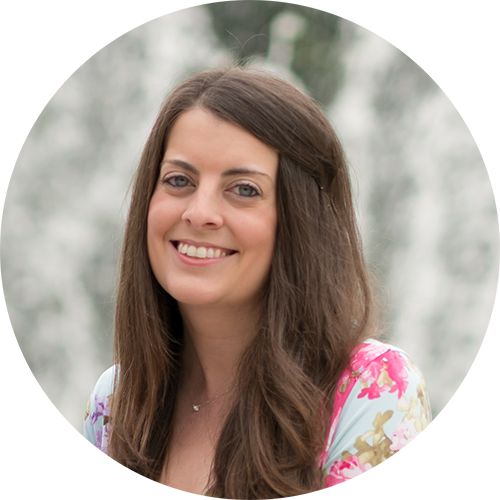
Hey there, I’m Kelly! I I love helping teachers save time with technology and resources so they have more hours in the day to spend with family and friends. Take a look around to find new ideas that you can implement in your classroom today!